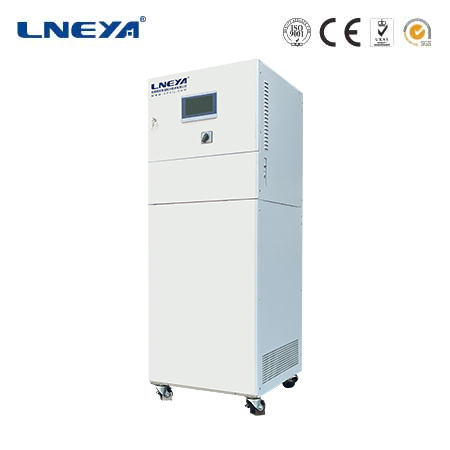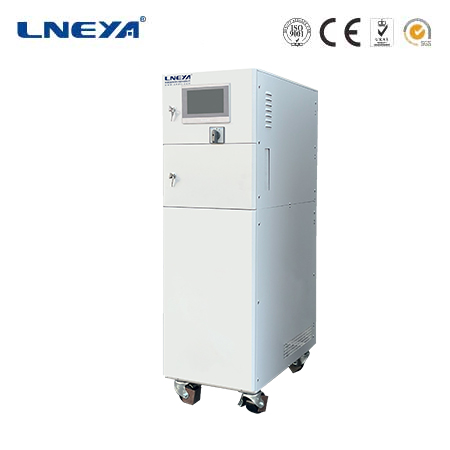temperature of a chiller
Introduction to Chiller Temperatures
Chiller systems are designed to remove heat from an area or process and maintain a desired temperature for comfort, safety, or industrial requirements. The temperature of a chiller is not a static value but a controlled range that is essential for the efficient operation of cooling systems.

Determining Chiller Temperatures
Application Needs: The temperature of a chiller is primarily determined by the needs of the application it supports, such as the required temperature for a manufacturing process or a building’s HVAC system.
Ambient Conditions: External factors like climate and weather can influence the chiller’s temperature settings, as the system may need to work harder to achieve the desired cooling in warmer conditions.
Impact on System Efficiency
Energy Consumption: Chillers operate most efficiently within specific temperature ranges. Deviations from these ranges can lead to increased energy use and higher operational costs.
Equipment Lifespan: Maintaining optimal chiller temperatures can prolong the life of the equipment by reducing stress on components.
Role of Chiller Temperature in Applications

Industrial Processes: In industries like pharmaceuticals or food processing, chiller temperatures are crucial for quality control and product safety.
Comfort Cooling: In HVAC systems, chiller temperatures affect the thermal comfort of occupants in buildings.
Maintaining Optimal Chiller Temperatures
Regular Maintenance: Routine checks and servicing ensure that chillers operate within their designed temperature parameters.
Quality Control: Monitoring and adjusting chiller temperatures as needed helps maintain process consistency and product quality.
Significance of Temperature Control in Energy Conservation
Energy Savings: Precise temperature control can reduce the energy consumption of chiller systems, leading to cost savings and reduced environmental impact.
Sustainability: Chiller systems that operate efficiently contribute to sustainable practices by minimizing energy waste.
Conclusion

The temperature of a chiller is a vital aspect of cooling system management, with implications for efficiency, cost, and process control. Understanding the factors that influence chiller temperatures and implementing strategies for optimal temperature control are essential for maximizing the benefits of chiller systems.
Note: This article is for informational purposes only and does not endorse any specific product or service. It is essential to consult with a qualified professional when designing, installing, or maintaining a chiller system to ensure it meets the specific requirements of the application and complies with industry standards.
Related recommendations
chiller system working
170Understanding the Working of Chiller Systems Chiller systems are an essential part of modern heating, ventilation, and air conditioning (HVAC) infrastructure, providing cooling to commercial bu...
View detailscirculating water chiller
14Circulating Water ChillersCirculating water chillers are integral components in numerous systems where maintaining a low and stable water temperature is essential. They are designed to cool water...
View detailsair cooled chiller cost
218Understanding the Cost of Air-Cooled Chillers Introduction to Air-Cooled Chiller Costs Air-cooled chillers are popular for their versatility and cost-effectiveness in various industrial and ...
View detailssplit air cooled chiller
188Split Air-Cooled Chillers: Efficient and Flexible Cooling Solutions Split air-cooled chillers are a type of HVAC system that offers a versatile and efficient cooling solution for various applic...
View details
 LNEYA Thermal Test Chillers
LNEYA Thermal Test Chillers






HelloPlease log in